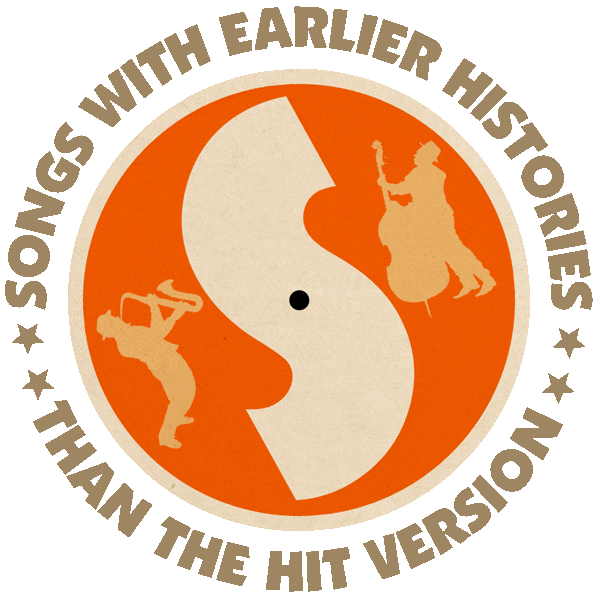Based on “Papa-Oom-Mow-Mow” (US #48 1962) and “The Bird is the Word” (US #52/R&B #27 1963) by The Rivingtons.
Hit version by The Trashmen (US #4 1963 |UK #50 2009).
From the wiki: “‘Surfin’ Bird’ has two musical foundations: ‘Papa-Oom-Mow-Mow’ and ‘The Bird Is The Word’, both written and recorded first by from The Rivingtons before The Trashmen mixed both songs together … without giving proper credits, leaving the opportunity wide open for The Rivingtons to sue (successfully). The Rivingtons had been known as the Sharps, and they had already had success in the charts with Thurston Harris’s ‘Little Bitty Pretty One‘, in 1957, after which they appeared on several Duane Eddy recordings when any extraneous sounds of rebel yells were required (e.g. Eddy’s 1958 hit ‘Rebel Rouser’). The group also recorded for Warner Brothers Records as The Crenshaws in 1961.

